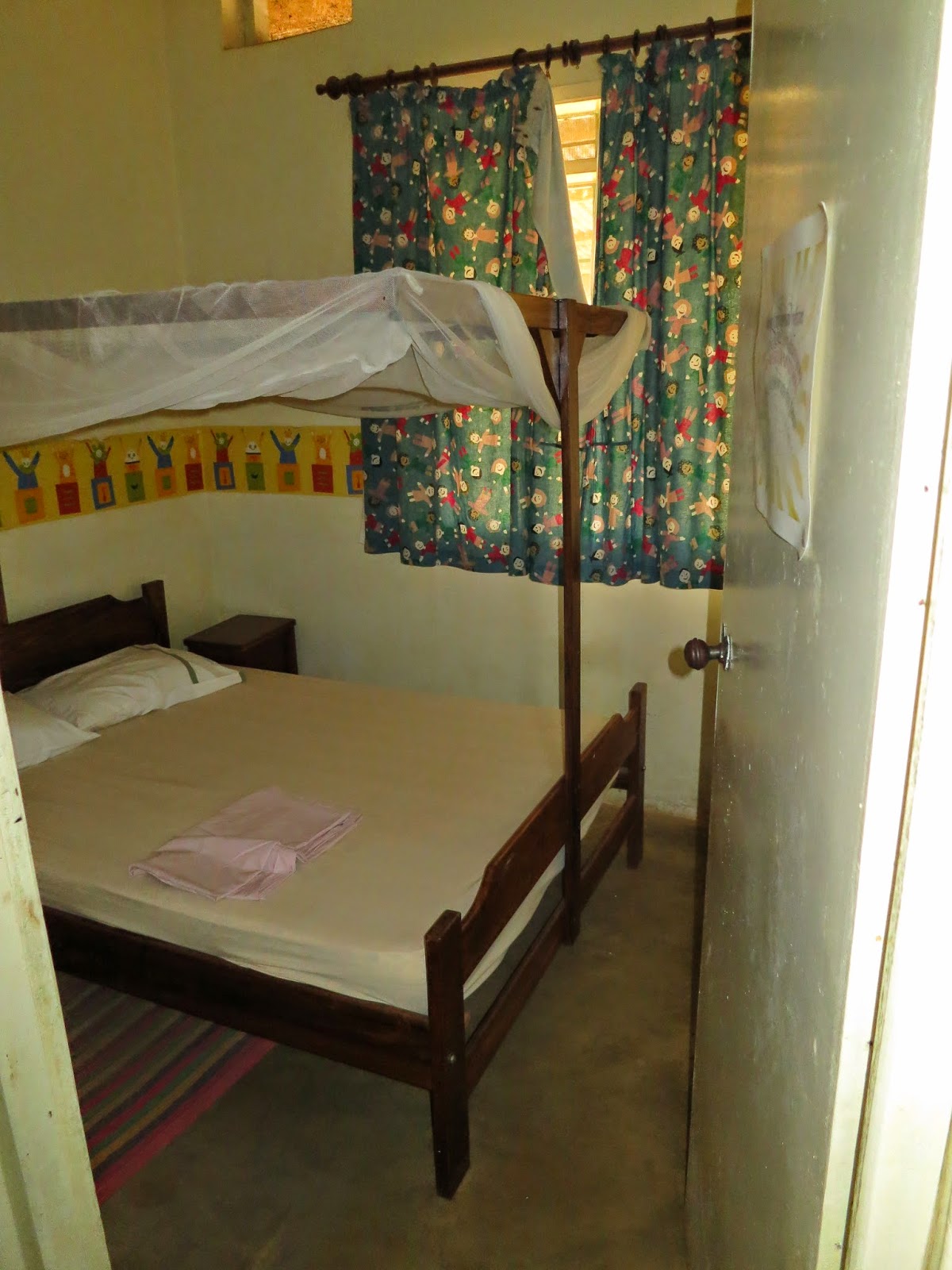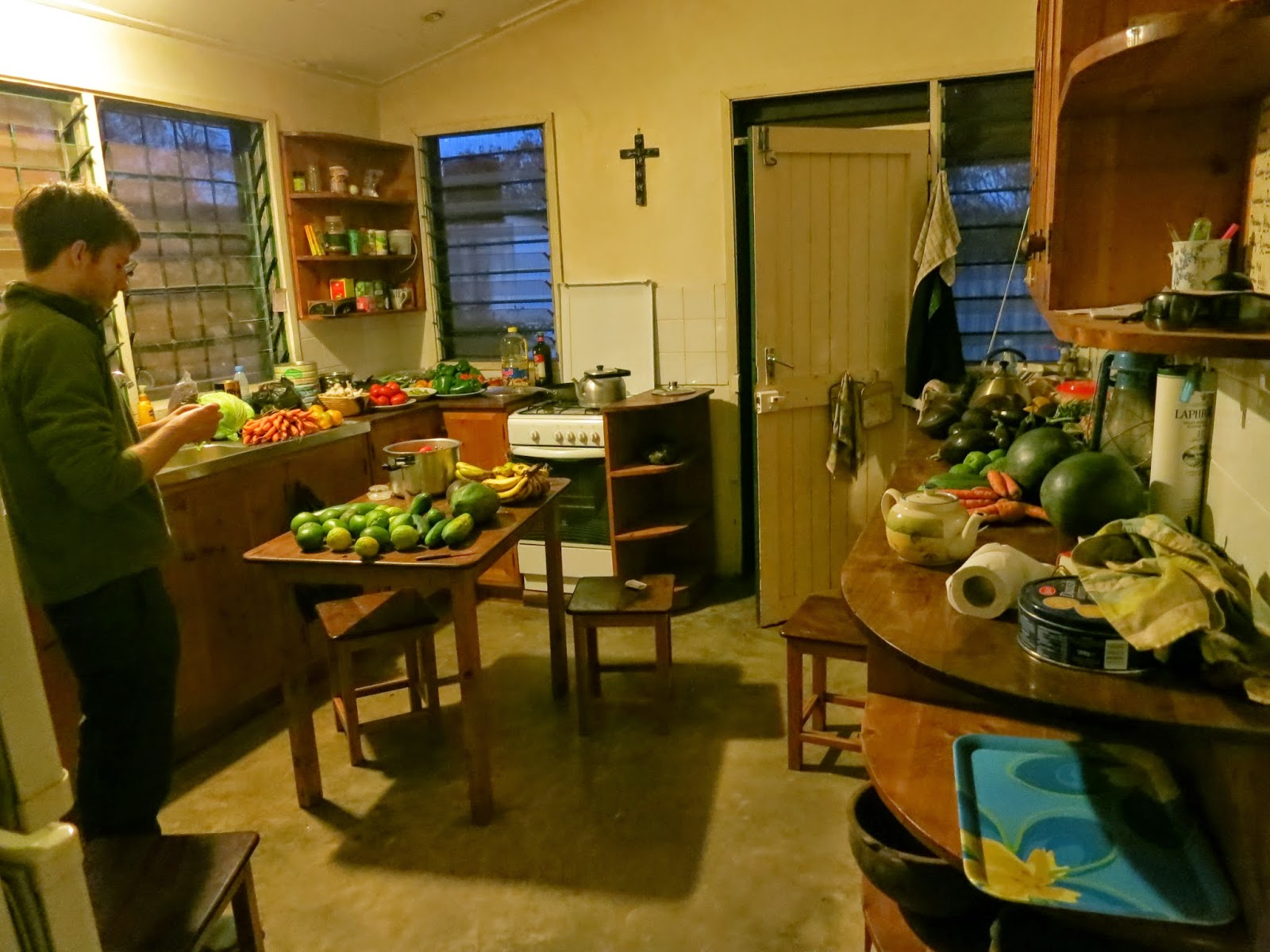For
consumers of the annals of human endeavour, two memorable morsels ricocheted
around the social media last weekend. The one you are less likely to have sampled
is the sight of Queen Elsa pouring an ice-bucket over the head of a
well-meaning but gullible ex-obstetrician:
The intention was to raise funds to stop mothers dying in childbirth; to
give hope to communities in rural Tanzania; to help a part of the world where
each village has ten children die every year:
It’s only a week on, and maybe these things trickle through slowly, (or
maybe Threadneedle Street is scrutinising the destiny of such an exodus of
bullion), but nothing much seems to be happening on the fundraising site:
(I suppose another possibility is that the Bank of England was waiting
until Scotland Has Decided. It would be awful if they paid-the-bearer-on-demand-the-sum-of
lots of Sterling, only to discover that the donor had been Scottish. A dreary
process would then ensue, of trying to get the bullion back in return for the
Scottish GrOats.)
The story more likely to have captured your attention was the burning
down of the dog’s home in Manchester. The home is a sort of refuge for dogs,
where they can find friendship; comfort; posts smelling of other dogs’ urine;
and, if needed, counselling. It is a sign of a deeply sophisticated society
that we care in this way for a species that has brought to ours so much in the
way of comfort, unquestioning friendship, and chewed sticks. I have noticed in
my short transit through Life on Earth, that a person who is kind to humans is
rarely cruel to animals.
Looking after dogs, then, is a noble enough undertaking, and it would
not have been surprising to have observed generous support after the home was
tragically struck by such a devastating fire. What was more than surprising – even
astonishing – indeed ‘Blairs-decide-to-retire-to-holiday-home-in-Merthyr-Tydfil’
level of unlikeliness – was that in just a single weekend, they raised £1.2
million for the re-building of the dogs’ home:
http://www.bbc.co.uk/news/uk-29204953
I know that my ice-bucket challenge did not tap into the same market,
and I do not have the same appeal: Apart from the lower half of my face I am
not furry. I do not have wistful eyes.
If someone throws a tennis ball, I am perfectly capable of almost completely
ignoring it. I am not intrigued by the smell of other people’s trousers. If I
find anything disgusting whilst walking through the park, I am neither tempted
to eat it nor roll in it. I am allowed on the sofa.
I could go on, but I am conceding the point that I lack the canine X-factor.
In a head-to-head fund-raiser between Lassie and I, to buy somewhere to rest
our weary heads, the collie-dog would have the donors rounded up before I had
even downloaded the Lottery’s “Fifteen Things You Should Know Before Applying
For An Ageing Hippy Weary Cranium Residence-Enhancement Grant”.
But what would Lassie think about spending that amount on her home, at
the cost of her owner’s life, and those of her children? If dogs really are a
person’s best friend, would they truly want to move into million-pound kennels
when, 5000 miles away, the young lads who would love to scamper with them are
beset by malaria, malnutrition, infestations, infections, and tragedy; and who,
too often, will never throw a stick again.
I do not exempt myself from this sobering reflection. What I have spent on
our two dogs this last dozen years would have paid for many wells. For a school
perhaps. For a land-rover ambulance. For many, many emergency C-sections,
performed in poor light on mothers desperate to survive and see their child.
Where would we be, though, if suddenly we were equitable in the
distribution of our largesse? Theme parks and cinemas would close down as
pleasure-seekers found new comfort in sending their spare cash to the needy. The
clothing industry would grind to a halt as we wore what we wore until it fell
off our backs, giving the money released to the naked and the cold. Malbec producers
would call an emergency summit in Mendoza, as I replaced my nightly nectar with
enough dirty water to moisten my mouth.
The world is not fair, and never will be. For there to be
wealth-sharing, there has to be wealth.
But, on the other hand, where would we be, in this tragically unequal
world, if we closed our ears to the anguish of death and tragedy, albeit in
distant lands? Where would we be if the cries of the suffering and the
desperate never penetrated our cocoon? Where would Lassie be, if, knowing that
all this was going on in the world, she accepted a millionaire’s kennel?
For me, dog-lover though I am, I know where I would be if I ignored humanity
in favour of other species.
In the dog house.

















